content.

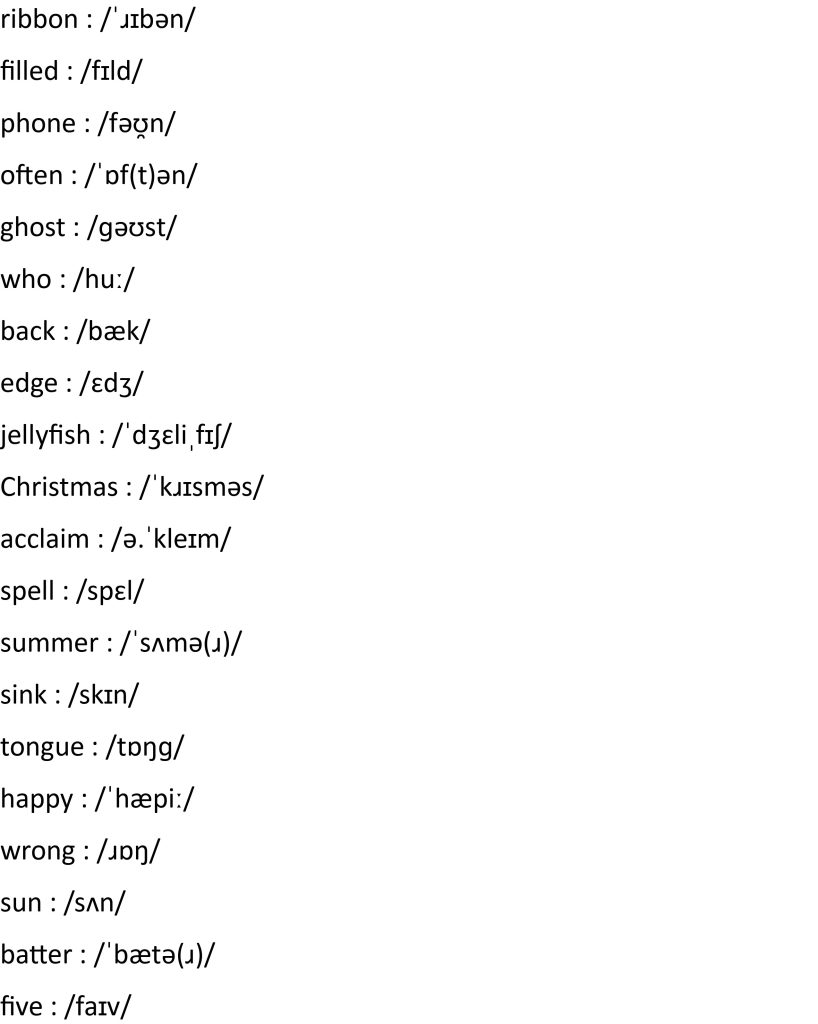

C. Write the number of syllables and mark the stressed syllables of the following words.
| Word | Stressed Syllables | Syllable Count |
|---|---|---|
| certificate | /səˈtɪfɪkeɪt/ | 4 syllables |
| holiday | /ˈhɒlɪdeɪ/ | 3 syllables |
| zoology | /zuːˈɒlədʒi,zəʊˈɒlədʒi/ | 4 syllables |
| photographic | /ˌfəʊtəˈgræfɪk/ | 4 syllables |
| geography | /dʒɪˈɒgrəfi,ˈdʒɒgrəfi/ | 4 syllables |
| curiosity | /kjʊərɪˈɒsɪti/ | 5 syllables |
| mechanically | /mɪˈkænɪkli/ | 5 syllables |
| characteristics | /karəktəˈrɪstɪk/ | 5 syllables |
| examination | /ɪgˌzæmɪˈneɪʃ(ə)n,ɛgˌzæmɪˈneɪʃ(ə)n/ | 5 syllables |
| negotiation | /nɪgəʊʃɪˈeɪʃ(ə)n/ | 5 syllables |
| paraphrase | /ˈparəfreɪz/ | 3 syllables |
| paradoxically | /ˌparəˈdɒksɪkli/ | 6 syllables |
| territoriality | /ˌtɛrɪˈtɔːriəlɪti/ | 7 syllables |
Continue reading with the NEB official English Guide App:

Comprehension
A. Match the first halves of the sentences (a-g) with their second halves (i-vii).
| Statement | Match |
|---|---|
| a. The term assimilation has been used | iii |
| b. It is essential to study the process of diasporization | v |
| c. The definition of dediasporization | vii |
| d. The dediasporization process for migrants who have not given up their native citizenship | vi |
| e. Some countries grant full citizenship to the returnees | iv |
| f. It is surprising that | i |
| g. The role of a state in dediasporization | ii |
| Match | Completion |
|---|---|
| i. | in some countries the returnees are referred as diaspora. |
| ii. | reveals its identity. |
| iii. | as an analytical tool in the study of integration of the migrants. |
| iv. | while some countries bar them from certain rights. |
| v. | in order to understand the description of immigration. |
| vi. | requires them only to return to their homeland. |
| vii. | focuses only on the aspect of relocating migrants to their homelands. |
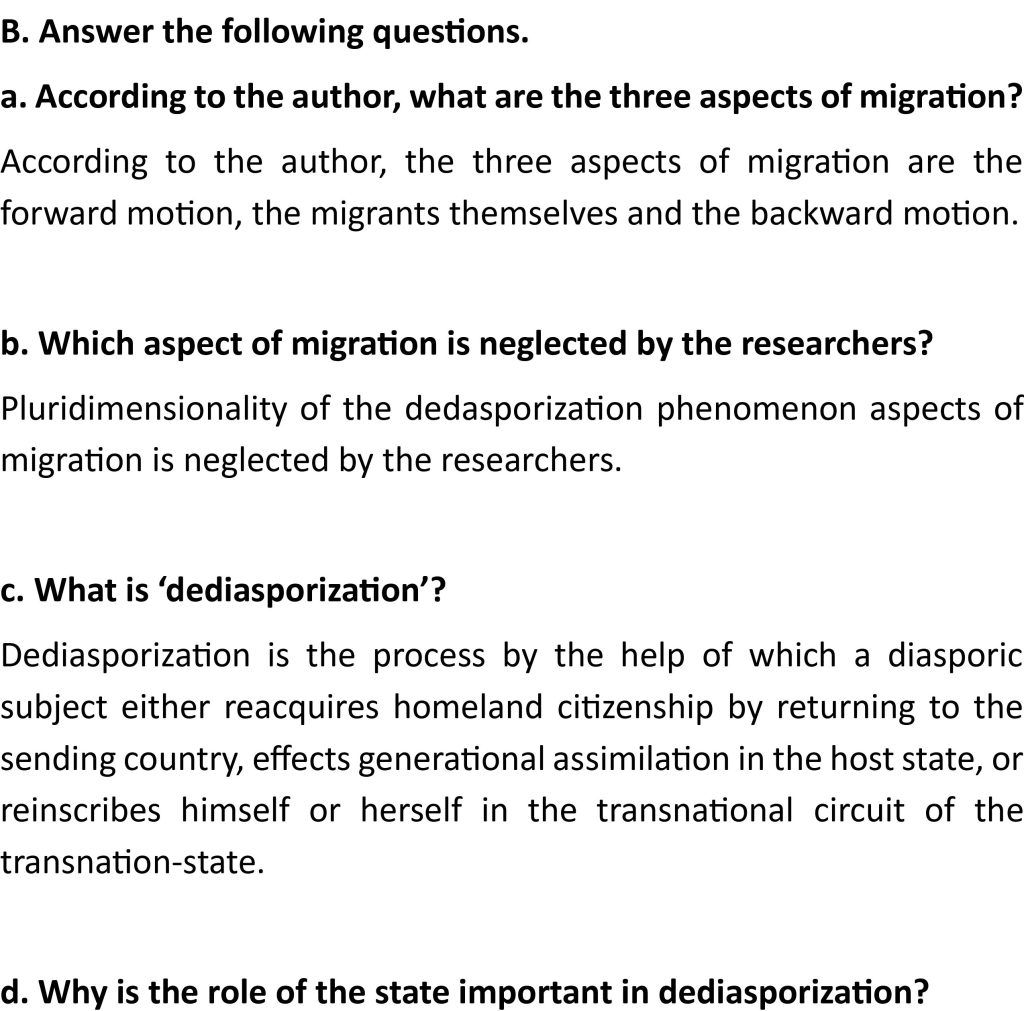
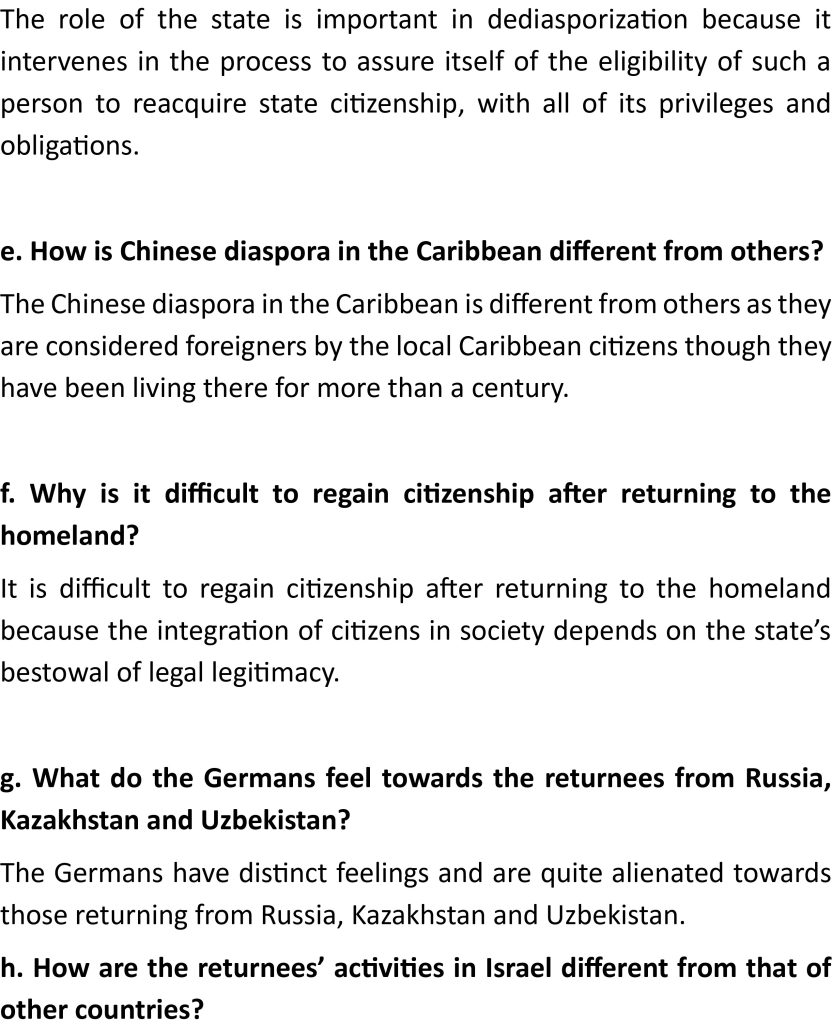
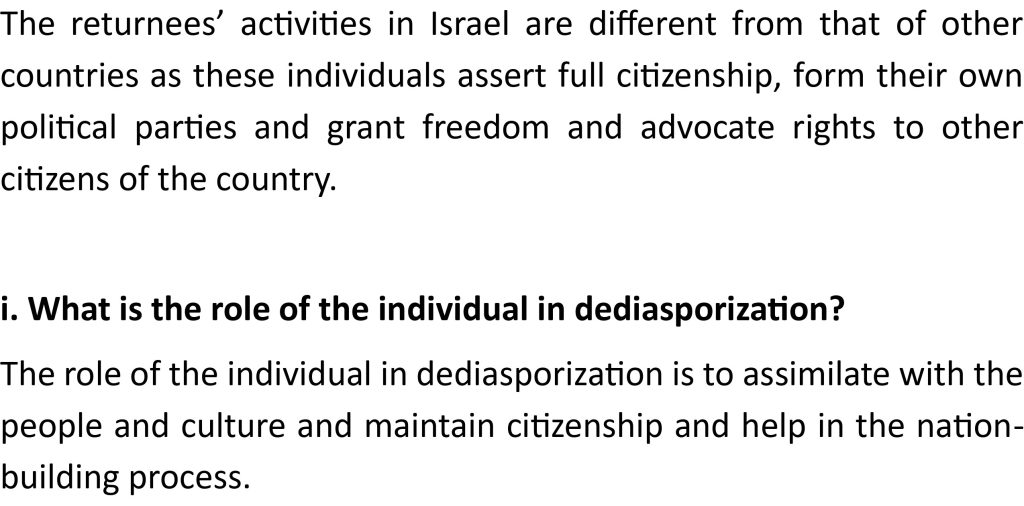
Writing
A. The following words and phrases are used in interpreting data of different types of charts and diagrams. Study the words/phrases and put them in the right column.
| Upward Trend | Downward Trend | Stable Trend |
|---|---|---|
| grow, go up to, boom, peak, level up, rise, climb, increase | decline, collapse, fall, drop, dip, go down, reduce, decrease, crash, plunge, plummet | stay constant, remain stable, no change, remain steady, stay, maintain the same level |
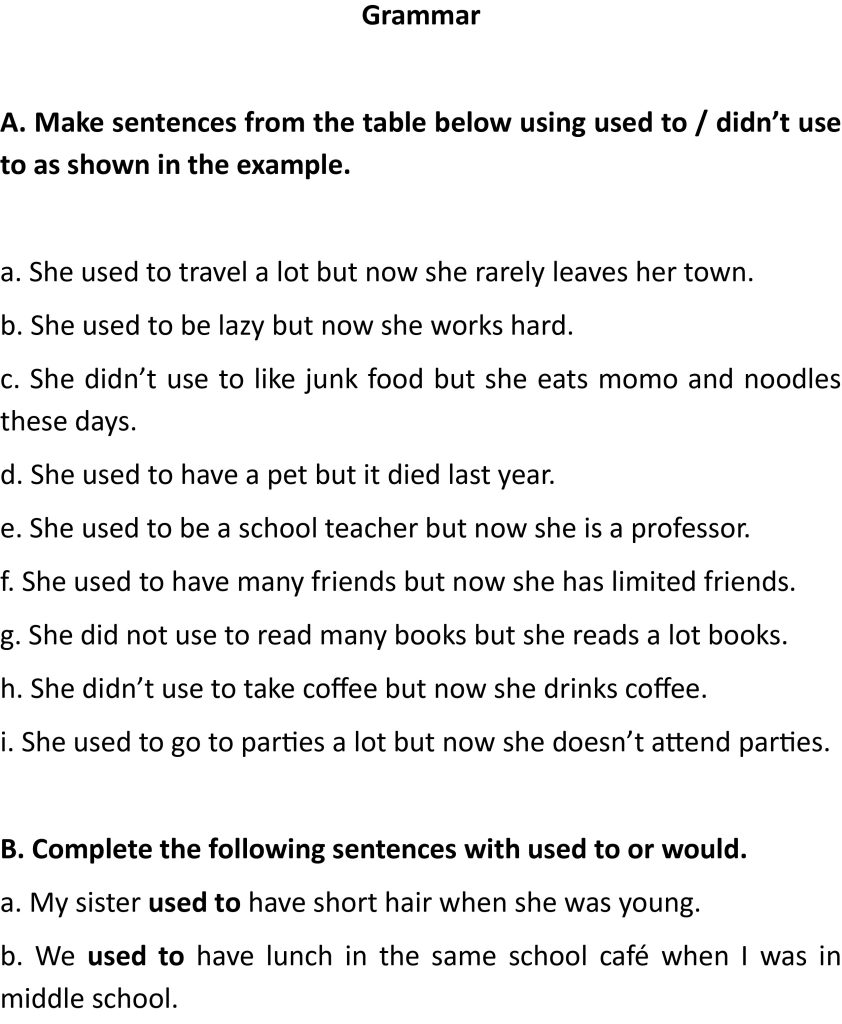
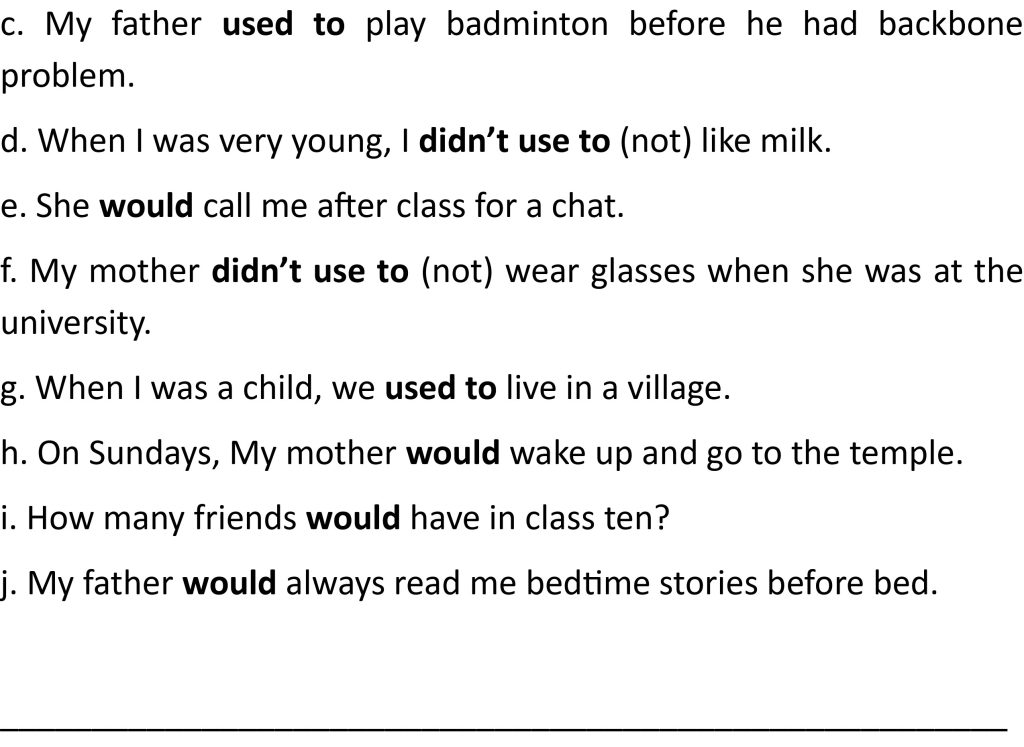
Summary
The chapter “Migration and Diaspora” explores the multifaceted nature of human migration and its impact on identity, citizenship, and belonging. It discusses three key aspects of migration: the forward motion (movement from the homeland), the migrants themselves, and the backward motion (return or re-engagement with the homeland). A major focus is on dediasporization—the process through which migrants reintegrate into their native societies, either by returning physically, assimilating into the host culture, or maintaining transnational ties. The text highlights how migration is not just a geographical movement but a deeply social, political, and cultural phenomenon shaped by the state and the individual alike.
Key Takeaways
- Migration involves three main elements: the outward journey, the individual migrant, and the potential return.
- Diaspora refers to people living outside their native homeland, while dediasporization focuses on returning or reintegrating into the homeland.
- The process of assimilation plays a key role in how migrants adjust to their host or home countries.
- States play a powerful role in recognizing returnees and granting or denying them rights.
- Returnees often face challenges such as alienation, legal restrictions, or social exclusion.
- Examples from Germany, Israel, and the Caribbean highlight different responses to returning migrants.
- Individual migrants also bear responsibility for cultural integration and citizenship engagement.
- Terms like remittance, transnational, and persecution help frame the conversation around migration.
- The chapter emphasizes critical thinking in understanding migration beyond economic factors.
- Migration is not just about movement but about identity, politics, and human belonging.
FAQ:
What is the central theme of the chapter “Migration and Diaspora” in Class 12 English?
The chapter explores the social, political, and cultural dimensions of migration and focuses on the concept of diaspora and dediasporization—how migrants return or reintegrate into their native societies.
What are the three aspects of migration discussed in the Class 12 English chapter?
The three aspects are: the forward motion (leaving the homeland), the migrant themselves, and the backward motion (returning or re-establishing ties with the homeland).
What does ‘dediasporization’ mean according to the Class 12 English lesson?
Dediasporization is the process through which a diasporic person either returns to their homeland, integrates into the host country, or remains connected to both in a transnational way.
Why is the role of the state significant in dediasporization?
The state decides the legal and social acceptance of returnees by granting or denying citizenship and associated rights, making it central to reintegration.
How is the Chinese diaspora in the Caribbean described in the Class 12 English text?
Despite living in the Caribbean for generations, Chinese returnees are still viewed as foreigners by the local population.
What are some challenges faced by returnees in the migration process?
Returnees may struggle with social alienation, legal issues, loss of identity, and restricted rights in their supposed homelands.
How does the German attitude differ towards returnees from Russia or Kazakhstan?
Germans tend to treat returnees from these regions with suspicion or alienation, despite their ethnic roots.
What is the individual’s role in the dediasporization process as per Class 12 English?
Individuals must integrate socially and culturally, adopt legal obligations, and contribute positively to their home or host society.
How does Israel treat its returnees, according to the chapter?
Returnees in Israel often assert full citizenship, form political parties, and advocate for social justice and rights.
Why is the study of migration important in Class 12 English?
It enhances critical thinking and understanding of global human movements, identity formation, and cultural diversity—important for modern global citizens.
Leave a Reply